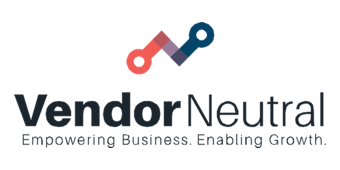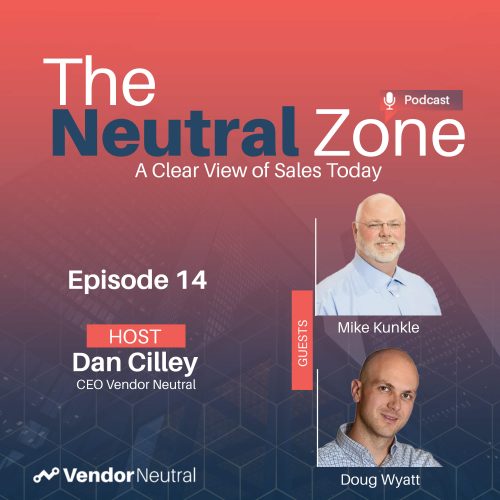
Dan Cilley
Clear View of Sales Episode 14 with Mike Kunkle & Doug Wyatt: Virtual Sales Training Focused on Buyer-Centric Selling
Episode 14
Mike Kunkle & Doug Wyatt
SPARXiQ
Read Full Transcript
Virtual Sales Training Focused on Buyer Centric Selling
The idea of buyer-centric selling isn’t new. It’s a value-focused, outcome-oriented, and consultative selling approach that’s molded to work with the way that modern buyers in today’s business climate are buying.
Dan Cilley Hey, everybody, welcome to the Vendor Neutral Zone, Clear View of Sales podcast. I’m Dan Cilley, the CEO of Vendor Neutral. Great to have you here today in the Vendor Neutral Zone. We’re here today to talk about the evolution of B2B in a hybrid working environment and how that is changing the way we train, coach, and develop our sales teams. Mike and Doug are with SPARXiQ, a dynamic organization specializing in virtual training. Mike, Doug, tell us a little bit about yourselves, and if you could also tell us a little bit about ways that virtual training is sticking and really driving results today. That would be great.
Mike Kunkle Yeah, sure, so. Hi, everybody, this is Mike, Mike Kunkle K U N K L E. I’m the Vice President of Sales Effectiveness Services for SPARXiQ. I’ve spent more years than I’m going to say publicly in the sales profession and the last 26 or so helping organizations improve their sales performance. Doug, say hi to the nice people.
Doug Wyatt You’re assuming these are nice people, but I’ll go along with that. Hi, everybody. Glad to be here. My name is Doug Wyatt, and I am with SPAXiQ as well. I am VP of Sales and Marketing, and I have worked in my career in front-line sales roles as well as sales training, sales enablement and really my goal throughout my career is to just help companies build sales systems and improve their revenue results, so glad to be on the podcast here, Dan, and excited for the conversation.
Mike Kunkle So, Dan, you asked us about the advantages of virtual training and some ways to make sure it really sticks and delivers results. So technically, just for clarity for the audience, we specialize in video-based e-learning with supporting materials for the learners and then their front-line sales managers. We also offer advanced services or advisory services, so we support that learning in multiple ways, including if people need it or want it adding virtual instructor-led training, most often for managers, but even some other services. So it’s really a blend. And usually, when people refer to blended learning, we think of online or virtual blended with classroom training. But we actually prefer blending the e-learning with virtual instruction. So it’s all virtual. And in terms of advantages, there are a couple of those, right? The first and probably most obvious one is just a massive savings in time and money, especially due to travel or time away from selling, opportunity cost, that sort of thing. It also, though, more importantly for me, gives the sales reps a chance to focus on the learning and absorbing the content at their own pace with the e-learning modules before they have to meet with their manager to talk about it, to try some things out, the practice to hone their skills, so everybody gets an opportunity this way to learn at their own pace. And some people are a lot more comfortable with that.
Doug Wyatt Mike, if I could just jump in here, I’d point out.
Mike Kunkle Go ahead, Doug.
Doug Wyatt I would just point out that what you said about being able to focus on learning the content at their pace, I think that’s the big thing in my mind, with e-learning. There are certainly the financial benefits, cost savings, things like that, but something like this, this pacing and being able to have the learner take it on their own terms, in something, in the portions that are self-paced, is extremely important for skills-based learning, Dan. And I think that’s something that I wanted to just single out there. A lot of companies have had pre-pandemic or maybe in years prior, these week-long onboarding boot camps, classroom training, and the reality is, in my experience and what we’ve heard from a lot of companies who have gone virtual is that that traditional approach doesn’t necessarily accommodate the way everybody learns. And we’ve all been through this pandemic era where we’ve had to find ways to do things virtually. And I hope a lot of companies have realized the advantages of virtual training because there have been these flaws in my mind of these boot camps and classroom training. Now, I’ve joked around based on my experience that airplane turbulence; there must be something about that shakes all the knowledge you just learned out of your head when you’re flying home after a week of classroom training, because I’ve just seen that with sales teams and any kind of training where a week or two later it’s like, what do we even do? It’s too much, too much in a short amount of time, and then no way to really apply it. So that’s why Mike and I really are big on a thoughtful approach that incorporates spaced virtual learning in a way that learners can really absorb it and for skills training or on sales. And it’s huge.
Dan Cilley Why is that so important now, right now? Because the reality has changed for a lot of people. But why is that so important right now?
Mike Kunkle Well, I think the answer is, is a little dependent on the company circumstances, right? In the cycle of the post-pandemic recovery that any given company is going through. But there’s a couple of reasons, right? We’ve mentioned some, right. We’ve got the cost savings. We’ve got the travel costs. We’ve got the time out of the field, opportunity loss, and the second is the thing we’ve been talking about, the bite-sized learning, the spaced repetition, and the ability to implement over time, giving people a chance to learn and apply and master the concepts before they move on to something else. And Dan, I don’t remember or know if you remember the old Dale Carnegie course, right? I was a graduate instructor for that years ago when I was thin and had hair, and the thing about that program that made it work so well was that people came to the class one week, and they learned something. They left and went to apply it in the real world. They came back the next week, talked about what they had done and learned, learned something else, then went back out the next week to apply it and come back and talk, and it went through that in the original course over a 14 week period. And I saw that program change people’s lives. And that’s the way that people actually learn, and that’s not something that corporate America, that sales enablement teams and departments, I don’t think have really maximized that capability. And you asked in the original question about what makes it stick and deliver results. And this may seem odd for a guy who was advocating a video-based e-learning, but just pressing play isn’t enough, right? There need to be other elements like ways to help people remember the content or reminders about it. There needs to be practice for the skills-based stuff for sales. You need to have some guidance to help them apply what they learned because that’s where most training breaks down and doesn’t deliver in ROI. And then, even though they learned it, remembered it, practiced it, and tried, it doesn’t mean that they did it well or that they’ll continue to do it, right? So that’s where the front-line managers have to be involved to coach them over time to mastery. And when you can do that, right? That can truly get the best of both worlds because now you’re capitalizing on this online learning that allows people to learn in bite-sized pieces, apply, get some feedback, practice, get good, learn another bite-sized piece. They learn the way that humans actually think and learn, and they’re getting the organizational support to make it stick and deliver results and get the mastery. That’s the magic formula, in my opinion.
Dan Cilley Great answer. I love it. Well, there’s a reason why I asked you both to be part of this podcast. You really are making some headway in this space, especially as it relates to virtual training. I know you both recently coauthored a new training program called Modern Sales Foundations. You know what, what makes that different than any other program that’s out there today? And, you know, can you dive into that a little bit for us?
Mike Kunkle Yeah, sure we did. It’s called Modern Sales Foundations, and honestly, I’ve been around in this space for a long time. I’d predict this course is really going to take a lot of people by surprise. So we call it MSF for short, right? It’ll keep you from saying Modern Sales Foundations ten times, right? But it’s Hollywood quality video-based sales training, and it’s designed for B2B complex sales, whatever world the reps live and where they’re selling to multiple decision-makers. And we’ve really built this Dan from what Doug and I have learned from years of studying top producers, those elite salespeople, and then supporting sales forces of all sizes. Doug, what would you add to that?
Doug Wyatt Yeah, I think that’s a good overview, and I would say to when Mike talks about built on what he and I have learned from years of seeing what works, the underlying methodology we teach, we call buyer-centric selling and it’s value-focused. It’s outcome-oriented. It’s really built on what has worked for a number of years, and consultative selling approaches that a lot of people are familiar with. But it’s really molded to work with the way that modern buyers in today’s business climate are buying. And things have really changed, and I have sometimes asked people, you know, how much has changed in the way that you’re buying, buying the things that you buy for your household or for your business in the last 20, 30 years. And it’s a ton, and so the idea of using a methodology that hasn’t really evolved and updated with the changes in the buying process. We feel strongly it’s important to make sure that the way you’re selling aligns with the way today’s buying; today’s buyers are buying, excuse me. And it’s really all about helping buyers buy in an informed way to achieve their desired outcomes. So that’s what that buyer-centric underlying methodology is, something I’d add to what Mike said. And the other thing is just that we cover the whole entire customer lifecycle. So it establishes this idea of a buyer-centric mindset with our learners, and then it applies it to sales activities across the whole sales cycle, prospecting, opportunity management, and then ultimately existing account management, strategic account management. So it really is end to end. And that’s something to that that I think is important for a sales training program.
Mike Kunkle Well, the other thing in there, too, Dan, is we tried to build it on the preto principle approach, right? Because I’ve, I’m familiar with most of the methodologies on the market today. And without naming names, right. Some or so big and so complex. It’s really hard to get the sales force to adopt them. So what we tried to do was to think about what’s the 20 to 40 percent of what we’ve seen these elite sellers do to get 80 percent of their results and then write that stuff into the program. So it’s light enough to be learned and used and then is powerful enough to get results. And so, I think the differentiation really is a blend of the content and the learning experience that they go through.
Dan Cilley Doug and Mike, you’re 100 percent dead on here when it comes to the shift, especially in the vendor community, the B2B focus, they’re just, you know, they need to start to steer away from their product or solution, focus and start to meet the buyer on their own journey, on where they’re, where they care and where their priorities and challenges are being addressed. What does that mean to both of you? What is this new buyer’s journey mean to you? What is this evolution away from product and services and towards a, you know, a focus on value?
Mike Kunkle Yeah, you know, it’s really interesting that you ask that, right? Because I’ve been watching this growing trend of people talking about product-led growth again. And Dave Brock just a while ago published a great post on this. You know, there is such a thing as product-led growth. There are companies that have developed a product that is radically different or disruptive. But we have way too many companies that don’t have those kind of products doing a massive product push in the market today, and it turns off our buyers. So the idea of being buyer-centric isn’t new. It just isn’t done very well or done consistently. And it really starts, as Doug said, by being consultative, value-based, and outcome-oriented, all from the buyers’ perspective. So think about it this way, many sellers say their buyer-centric, but then they talk about how they need to overcome objections. How combative is that? Do you know a buyer who is sitting at their desk right now who is thinking, wow, I wish I could run into a salesperson who would overcome me? Like, you know, we say that buyers have concerns and that you should help resolve them, right? It’s a big difference, and so it starts with the mindset, right? It’s all about them, our buyers, not about us. We think it’s problem-centric or opportunity-centric. What are they trying to solve, or what are they trying to achieve? Not product-focused. It’s about getting the quarter-inch hole, not selling the quarter-inch drill. So we think about it that way, right? It’s modern buyers want to buy from someone they trust, and they respect to give them great advice and to help them make sense of things like Gartner’s sensemaking conversations that are going on right now and to help them make a smart decision. You know, you see the B2B research about buying research and, you know, you see buyers saying that they don’t trust salespeople. They’re trying to avoid salespeople. We created this situation, and we’re the only ones we can get ourselves out of it. And we do that by sharing insights, sharing experiences, sharing expertise, but operating in our buyers’ and customers best interests. And to do that, we have to demonstrate integrity, authenticity. We have to, you know, reliably foster credibility and trust to do that. Or, you know, like like the old Bert Decker book in the eighties, right? You have to be believed to be heard. And that’s a problem and a real gap, right, Doug?
Doug Wyatt That’s right. Yeah. And Mike, I would add sometimes we talk in different formats where we had this conversation about buyer-centric selling. It’s helpful to also talk, Dan, about what it’s not, because whenever terms like this get thrown around, it’s, you know, there’s things that just people have preconceived notions about. And sometimes, the term like buyer-centric selling can be taken the wrong way. So it’s important to talk about what it isn’t. And it’s it’s not being a pushover. You know, it’s not just being at the whim of your buyer. And people talk about servant leadership, but it’s careful to differentiate between servant and subservient. That’s a fair distinction there because if you’re just being subservient and you’re at the mercy of the buyer, and you’re doing whatever they say and ask for, that’s not necessarily buyer-centric. It’s not about being unwilling to influence them as long as it serves their best interests. You’re really working on behalf of their best interest and their desired outcomes. As we know anybody who’s been in a complex sales situation, sometimes buyers aren’t acting in their own best interest. So it’s kind of splitting hairs a little bit. But it’s important to make these distinctions that, you know, we’re not talking about being just subservient, you know, just person that’s getting dragged along by the buyer. And don’t be taken advantage of. Don’t be walked all over. That’s it’s very important to make those distinctions. And, you know, I would say at its core, selling is simple. It’s really about finding people who have the challenges, and you can help resolve or the opportunities that they have that you can enable. And you need to make sure that you’re finding the people who see the value in doing that and can obviously fund the initiatives to make it happen, but that’s important to think about what we mean when it when we say buyer-centric and certainly what we don’t mean.
Mike Kunkle Yeah, you know, Dan, you asked about value, right? And we think this is, while it gets talked about right. People don’t often have a way of defining value. And then, at one point, as Doug and I were writing this, we came across the Bain Value Pyramid. And I actually love this thing, right? It is because, you know, I like to get into things like really deep. But there are like 40 some elements to the Bain Value Pyramid. And so what do you do with that? So I think, you know, Doug, I think you may have taken a weekend and locked yourselves in a room with like copious amounts of something or other and like came out the other end and said, look, we can pare these down to four core elements of value. There is business value, right? The financial acumen stuff and the business model stuff, and the operational results. There’s experiential value people who see value in improving process or experiences, customer experience, candidate experience, employee experience, whatever. There are people who have aspirational values; they’re looking to make something better. It is usually related at an executive level to mission vision values of the company or special initiatives that they support, like sustainability. And then there’s personal value because we talk about companies and we talk about executives, and we talk about, you know, things that they want to accomplish. But it’s still the people who make these decisions, and people make decisions very often emotionally and then justify them logically, right?. So it goes right back to good old Aristotle with ethos, pathos, and logos, where you have to have the credibility to be heard. You have to make an emotional appeal, and then you have to justify that with logic. And so I think understanding what the other person values and if there are multiple decision-makers, they’re not all going to have the same values or value drivers and they’re not going to have the same exit criteria or their decision criteria in any given stage, right? So if you can shape the conversations to ensure you understand what matters to them and then make the dot connections to how your solution has a great match to that, it can help them either. Resolve the challenge or enable the opportunity, as Doug talked about, and get the outcomes that they’re looking for. That’s how you drive value, and I don’t think it is talked about enough at that kind of detailed level about, you know, making the dot connections. That’s my two cents.
Dan Cilley I love it. And, you know, I think this is a lot of muscle memory out there. Still, you know, it’s easy to fall back on product, right? Easy to fall back on services. And, you know, I think new habits are hard to develop, and it takes an effort, and it’s not easy, but there’s a lot of value there. And I think a lot of what your examples that you just shared are excellent. And they really get straight to the point. And I really feel that they can bring a lot of advantage to our listeners. So thank you so much for sharing them. One last question I have for you both because again, this is again, part of a podcast series on the Clear View of Sales, especially in today’s, you know, I don’t want to I’m not quite sure if it’s post covid because I don’t think we’re quite there yet. But I do believe that we are evolving to a new reality. So my question to you both is, is where do you see employees performing best? Because right now the majority of our staffs are still working from home. They’re not back in the office. And so I asked you that. And then I also ask you another kind of a provocative question here is if our employees are able to work virtually and are able to work from home and we don’t go to the office as much as we used to. Does that open up a whole new pool of workers? Does that expand our capability globally to fill these roles, or are we still staying locally? Are we still developing our resources locally? I’d love to get your feedback on that question,
Mike Kunkle That’s quite a question. I’ll take a swing first, Doug, and you can plug some holes. So hybrid work environment, my magic eight ball says reply hazy. But from at least the early research I’ve seen, I think we’re going to see a lot of hybrid. And I don’t think the virtual work environments are going to go away any time soon. In fact, I think there are a lot of companies who are going to realize with a little shift in the way that they work, in the way that they lead and manage, they can have a tremendous savings, right? Of at least reducing the footprint on real estate and real estate costs. Now, there are other shifts and some things that will take some expenses to, you know, that will offset perhaps those savings, you know, better security and cybersecurity, you know, working through VPN’s, whatever it might be. But I think there’s going to be a massive play for that. And I think we’re going to see far fewer people on planes, trains, and automobiles that, you know, again, that’s a personal opinion. But I think we’re going to see that. And that to your second question about the talent, does it open up a talent pool a difference? I think two things are impacting that. I think it’s the shift to buyer-centric, right? Which has been coming for a long time. It’s like watching a glacier crawl. I think we’re at a tipping point, looking at all the buyer research and what the analysts are telling us, that if organizations don’t start supporting the buyer’s journey digitally and having sales rep support them through that process and to better decisions, organizations are going to be in a world of hurt. So, you know, does that require a different talent pool? I think, one, it requires something that Doug and I have both seen that is was kind of counterintuitive. I think there’s a gap in foundational human communication in selling skills, being able to listen, acknowledge, summarize, stop thinking about what you’re going to be saying in response to what someone is saying, and really listen to them and then clarify and summarize and confirm. You know, using manners, critical thinking, decision making, judgment skills, consultative behavior. I think there’s a gap in these things that the virtual environments actually exposed more than the in-person meetings. So when we went to virtual OK, so people have to learn to look at their webcam if they want to make eye contact, people have to learn the functionality of the tools, you know, Zoom or Teams or whatever it is. And, you know, I’m on mute or can you see my screen or, you know, understanding how to use a whiteboard, any of those things. Those are all easily learnable things. The bigger gap that I think that virtual selling has exposed is the people aren’t doing sales call planning. They’re not running virtual meetings effectively. They’re not facilitating effectively. They’re not calling out people by name and engaging them. So I don’t know whether that’s going to open up a different talent pool, but I know the talent are going to have to hone up on those skills. At least that’s my take. Doug, what do you think?
Doug Wyatt Yes, I think, Dan, I mean, these are fantastic questions and something that a lot of companies are wrestling with. The first question of where do people work best? I think that’s going to be an answer Mike classically gives as it depends. But the thing I’ll say about it. As SPARXiQ has been a remote company from the beginning. Now we’ve known that it never caught us by surprise. It was never done overnight. Now we’re going to be remote. And because of that, we recruit people we know can work in that environment. And that’s different than what a lot of companies have been forced into in 2020 and then extended into 2021 because companies who didn’t necessarily have that qualification for a candidate may have chosen a candidate just based on other merits and didn’t really vet them for how well they could self manage and and and work on their own in a remote environment or how conducive their remote environment at home was to working in some cases. So that’s one interesting distinction, companies that know they are going to be virtual can work that into the hiring criteria. But a lot of companies didn’t know they were going to be virtual, certainly when they hired their staff. And so they found some people took to it just fine and maybe thrived in that environment. And others just prefer that in-person environment that walking by about each other’s office and have a quick chat with your coffee and that camaraderie and that socialization, and maybe there’s something to that. But those companies also wouldn’t require that somebody be a remote worker. So that, to me, is the interesting thing that has caught me with a lot of companies is just the matter of if your company was built for this, it works just fine. If you never had that qualification for recruiting, you probably have a mixed bag of who’s good at it and who’s not. And I don’t think there’s a firm answer of which is better for all workers. I think it’s going to be certain people that are wired to do well in that environment and others that aren’t. So I think going forward, and as companies make decisions about what they’re going to be, whether it’s fully remote, hybrid, or in person, I think that’s going to be something that shows up in their future hires, and you’re going to start seeing more success and more comfort as the workforce kind of shifts around to find the right places with the companies that fit the way that they want to work. I would say to the talent pool thing again; we’ve been a remote company since before it was cool or not cool, I don’t know. But some things that we’ve seen in our own company is certainly you can get some great candidates from different corners of the world in some cases than you would have been hunting for. I am here in the Cleveland area, and it’s a questionable market at times for things like Sales Enablement roles. It’s not a real techie market, although there’s a little bit of a budding market there. So when I see a local company advertise or in some cases I know people, and they reach out to me and say they’re looking for somebody, they can’t get those kind of candidates, but they’re also looking to find somebody who happens to live in Cleveland, Ohio, who has the experience of somebody who has worked in a San Francisco tech environment enabling sales. So, of course, you’re not going to get that person probably to relocate to Cleveland as much as I love Cleveland, so that’s something, too, that when you go remote or some kind of hybrid, you open up to bringing in great candidates wherever they might be. And you’re not requiring them to move to your zip code. So I think that’s something that for the right companies who want to have that culture, they’re going to get some great talent. And the other thing we’ve seen in sales organizations and some of our clients, we work with a lot of industrial manufacturers and distributors in our analytics business. And a lot of them have kind of just said, OK, here’s a reset button opportunity. What can we do about this? And instead of having our sales team segmented by geography where the person who lives in a certain county is the one selling all of those customers and they’re probably OK at the different product lines to the different customers, they can start to think about specializing buying domain expertise and have a seller who is an expert in one product line and the best in the business, and they are spending more time with the customers who have that need no matter where they are. And for sales, I think that has its huge ramifications, and certainly, some industries have been doing it that way for a long time, and they didn’t necessarily have a local presence. But for organizations that have a traditional outside sales force, it’s definitely worth rethinking of is it better to have the person who happens to live around the corner and is OK at that product line? Or should we have a person who is just brilliant at that product line and can deliver more value for the customer even if they’re not next door?
Dan Cilley Thank you both. Thank you for your honesty and thought leadership. Mike Kunkle and Doug Wyatt, thank you for joining us today in the Vendor Neutral Zone for the Clear View of Sales Podcast. How can our buyer, our listeners, our attendees learn more about SPARXiQ beyond Vendor Neutral? Again, we have a lot of information about SPARXiQ on our Certified Profile profiles here at Vendor Neutral. But how can we learn more about SPARXiQ and both of you?
Mike Kunkle Well, I’ll say that you can Google Mike Kunkle and sales, and I own the first three pages, so I’m pretty easy to find. Grab me on LinkedIn, go to SPARXiQ dotcom. Check out our blog. A lot of free content there. And if you’re listening to Vendor Neutral, you are the kind of person I like to have in my network. So please feel free to reach out and get connected. Doug, what would you say about finding the cool content that your team builds?
Doug Wyatt Sure. So we talked earlier about Modern Sales Foundations, our new program. We do have a dedicated site for that at Modern Sales Foundation dot com if anybody wants to find more out about the program; like Mike said, we’re pretty easy to find. I don’t know if I own the first three Google results or a Google search results for myself, but I’m going to at least try to take over Mike’s name and Google search results and highjacking now that he said that. But you can look me up on LinkedIn again if you’re in the Vendor Neutral audience. We know Dan well, we love what Vendor Neutral does, and you’re probably our kind of people. So feel free to connect with me on LinkedIn, follow our pages on LinkedIn SPARXiQ, and we have a separate Modern Sales Foundation’s page. We love putting good content out there that can add value for folks, and that’s what we aim to do. So I’d say those are those are the big ones. And we also recently worked with Dan and the Vendor Neutral team to certify our Modern Sales Foundation’s program as part of the Sales Training Landscape. So if you’re curious to kind of get Vendor Neutral’s objective view of it, you can go check it out there, read up on it. And if you ever want to reach out, say hi and find out if there’s something we can do to help you. Please do. Our team is always, always happy to help customers any way we can on our sales journey.
Dan Cilley Thank you, Doug. Thank you, Mike. Thank you for taking the time today and sharing your thought leadership with our attendees, our buyers, our audience, who really cares about the future of their sales, technology, and sales training strategy. Thank you both. Have a wonderful day, everyone.
Doug Wyatt Thanks for having us.
Mike Kunkle Thank you, everybody.
About our Guests:
Mike Kunkle
Mike Kunkle is a respected sales transformation architect and internationally recognized expert on sales training, sales effectiveness, and sales enablement. As the Vice President of Sales Effectiveness Services for SPARXiQ, and a nationally recognized thought leader in sales improvement, Mike designs sales training courses, delivers workshops and works with clients to implement sales effectiveness systems that dramatically improve results. He is also the co-author of SPARXiQ’s Modern Sales Foundations course.
Doug Wyatt
Doug Wyatt is a sales, sales training, and sales enablement leader with experience both as an internal practitioner as well as working with outside clients to improve sales results. He leads Sales and Marketing at SPARXiQ and is a co-author of the SPARXiQ Modern Sales Foundations virtual training program, released in 2021. In addition, Doug is a contributor to The Sales Experts Channel, hosting the Modern Sales Straight Talk™ show, and has been recognized as a Sales Hacker Top 50 award winner.
To get started building your optimum sales technology stack, try our Sales Technology Selector. We’ll provide you with a customized report identifying the sales technology solutions that meet your needs. Already know the category of sales technology you need? Use our Certified Sales Technology profiles to find all the details you need to make a decision about which solution is the best sales technology for your organization.
Interested in hearing more Clear View of Sales Podcast Episodes?
Other Podcasts
-
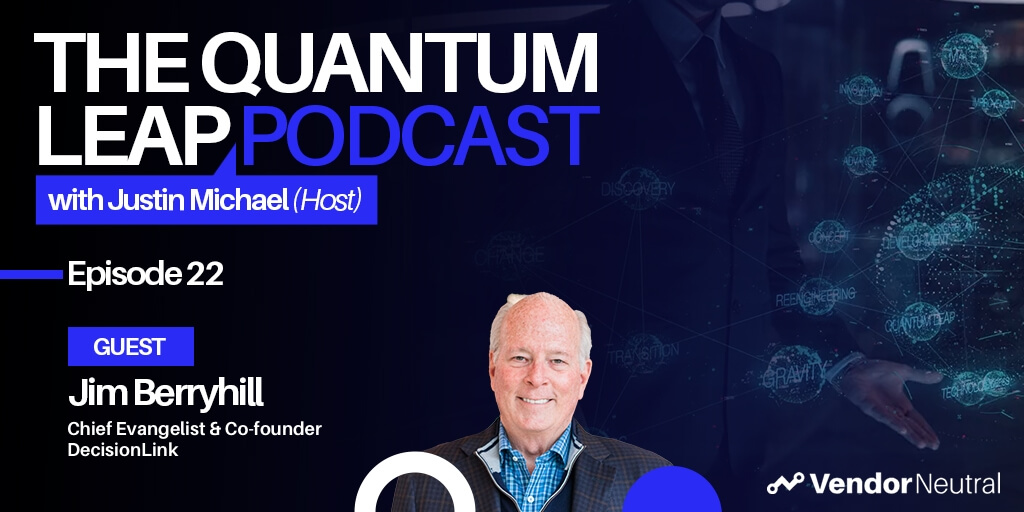 4 Opportunities For Massive Growth In Customer Value Management4 Opportunities For Massive Growth In Customer Value Management
4 Opportunities For Massive Growth In Customer Value Management4 Opportunities For Massive Growth In Customer Value Management -
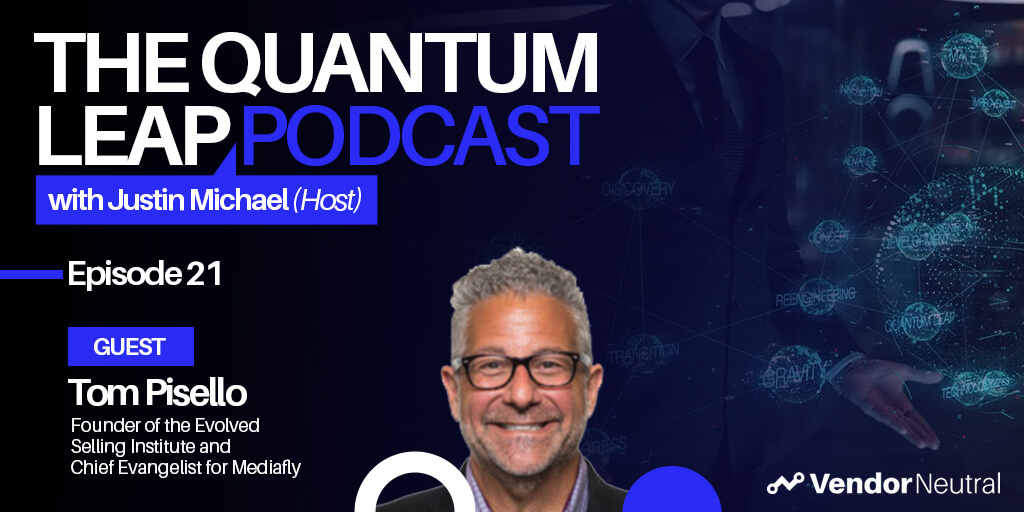 Closing the Customer Engagement Gap | Showing A Clear Case of ROIClosing the Customer Engagement Gap | Showing A Clear Case of ROI
Closing the Customer Engagement Gap | Showing A Clear Case of ROIClosing the Customer Engagement Gap | Showing A Clear Case of ROI -
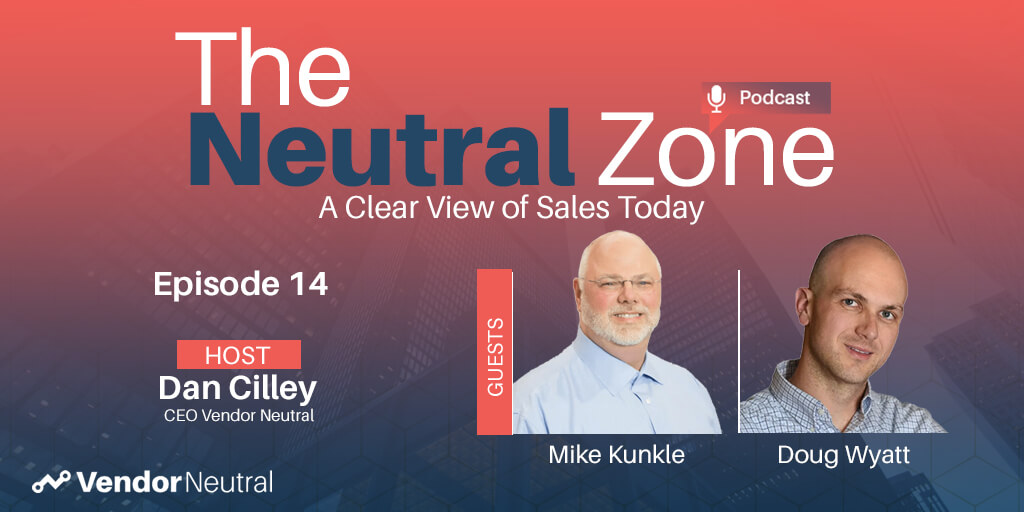 Buyer-Centric Selling | Modern Sales Foundations Virtual Sales TrainingBuyer-Centric Selling | Modern Sales Foundations Virtual Sales Training
Buyer-Centric Selling | Modern Sales Foundations Virtual Sales TrainingBuyer-Centric Selling | Modern Sales Foundations Virtual Sales Training -
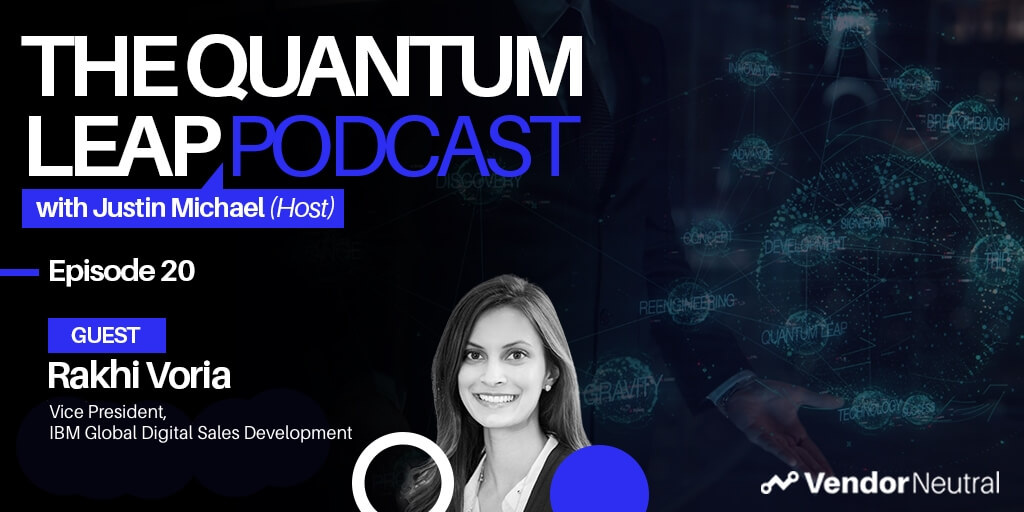 Biggest Trends in Digital TransformationBiggest Trends in Digital Transformation
Biggest Trends in Digital TransformationBiggest Trends in Digital Transformation -
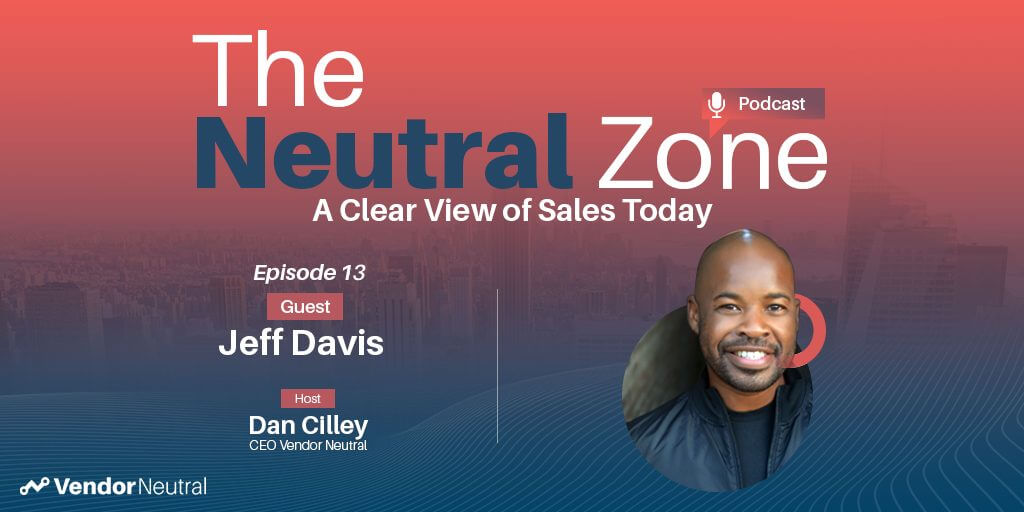 Focus on These 3 Things for Sales Technology AdoptionFocus on These 3 Things for Sales Technology Adoption
Focus on These 3 Things for Sales Technology AdoptionFocus on These 3 Things for Sales Technology Adoption -
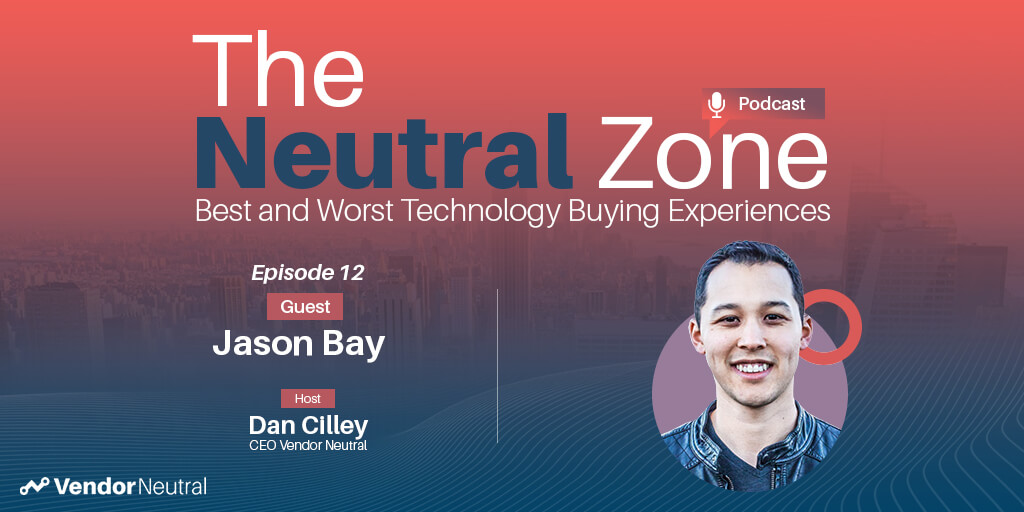 For Sales Technology Buyers A Customer Success Strategy is KeyFor Sales Technology Buyers A Customer Success Strategy is Key
For Sales Technology Buyers A Customer Success Strategy is KeyFor Sales Technology Buyers A Customer Success Strategy is Key -
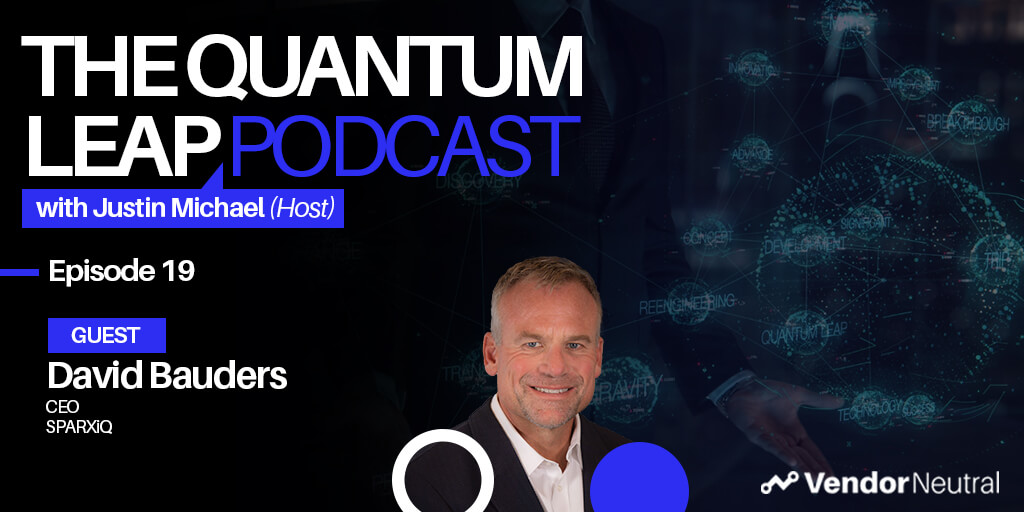 The Future of Sales TrainingThe Future of Sales Training
The Future of Sales TrainingThe Future of Sales Training -
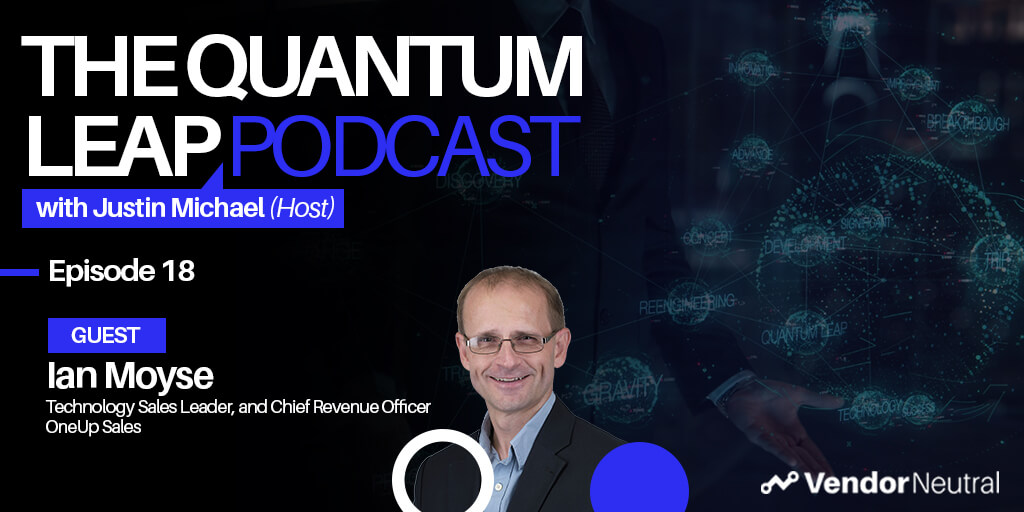 Sales Enablement to Generate Revenue in 2021 and BeyondSales Enablement to Generate Revenue in 2021 and Beyond
Sales Enablement to Generate Revenue in 2021 and BeyondSales Enablement to Generate Revenue in 2021 and Beyond -
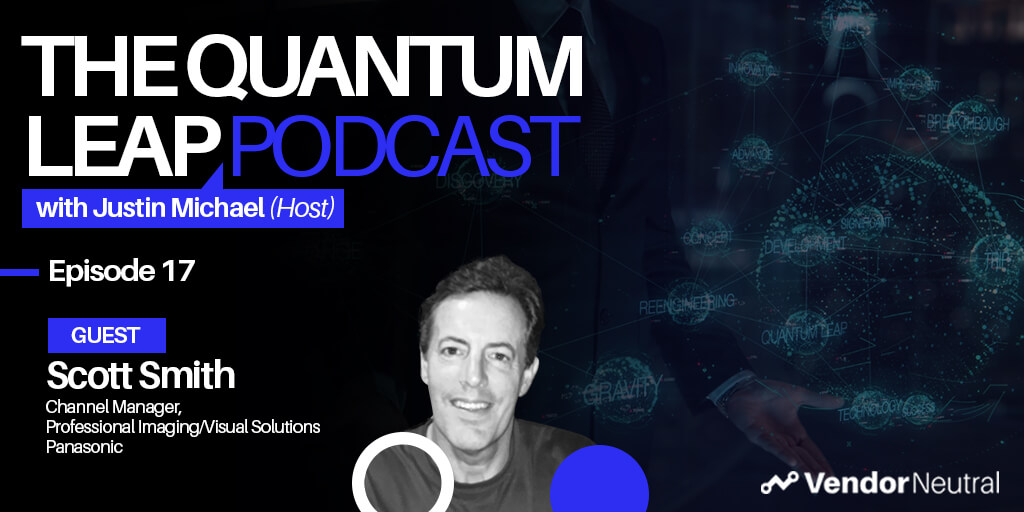 Leveraging Sales Technology in Enterprise Channel Sales | Start by identifying the problems you’re trying to solveLeveraging Sales Technology in Enterprise Channel Sales | Start by identifying the problems you’re trying to solve
Leveraging Sales Technology in Enterprise Channel Sales | Start by identifying the problems you’re trying to solveLeveraging Sales Technology in Enterprise Channel Sales | Start by identifying the problems you’re trying to solve -
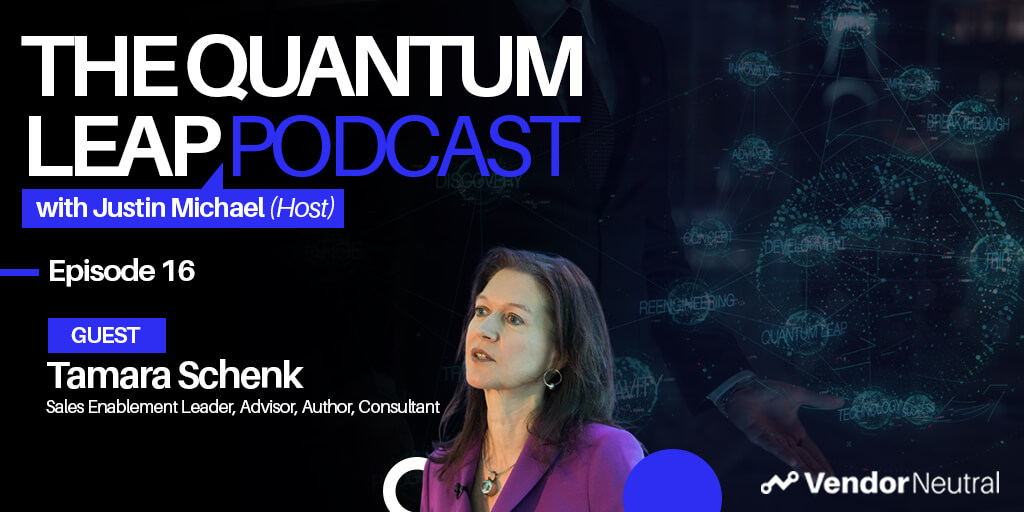 The One Question to Ask Before Sales Technology Implementation to Ensure the Success of Your Enablement InitiativeThe One Question to Ask Before Sales Technology Implementation to Ensure the Success of Your Enablement Initiative
The One Question to Ask Before Sales Technology Implementation to Ensure the Success of Your Enablement InitiativeThe One Question to Ask Before Sales Technology Implementation to Ensure the Success of Your Enablement Initiative -
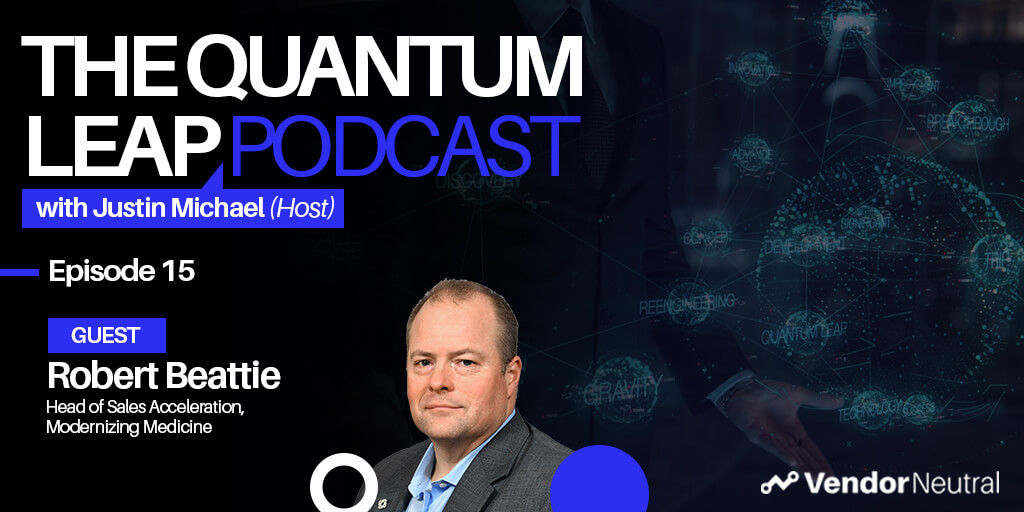 Digitally Enabled Enterprise Sales - Technology & Skills You'll Need in 2025Digitally Enabled Enterprise Sales - Technology & Skills You'll Need in 2025
Digitally Enabled Enterprise Sales - Technology & Skills You'll Need in 2025Digitally Enabled Enterprise Sales - Technology & Skills You'll Need in 2025 -
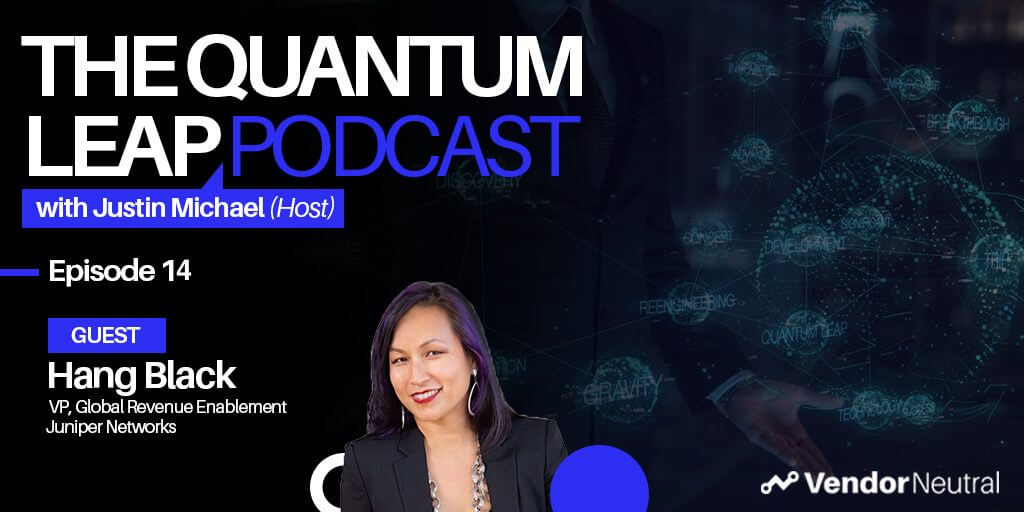 A Look Into The Future of Sales EnablementA Look Into The Future of Sales Enablement
A Look Into The Future of Sales EnablementA Look Into The Future of Sales Enablement -
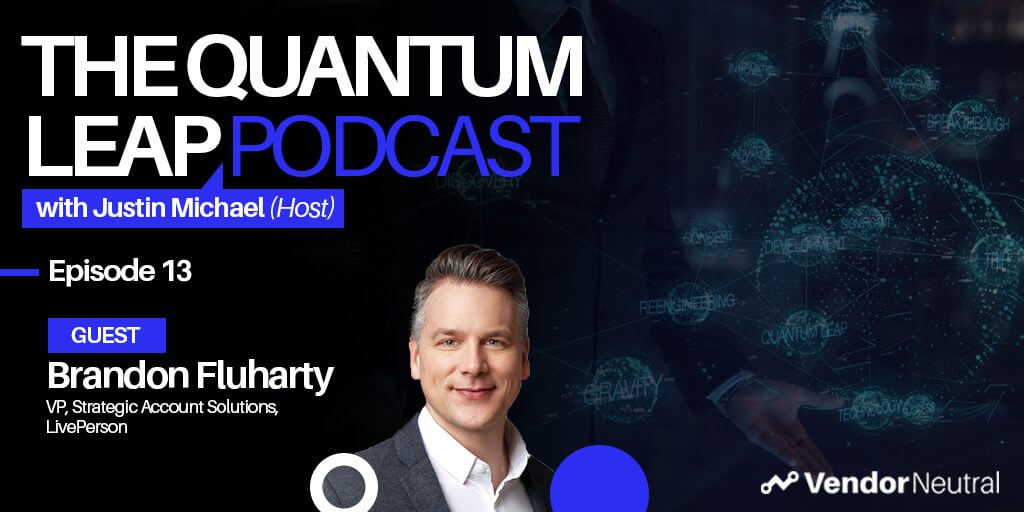 3 Ways Sales Technology will Shape the Future of Strategic Selling & Enterprise Sales3 Ways Sales Technology will Shape the Future of Strategic Selling & Enterprise Sales
3 Ways Sales Technology will Shape the Future of Strategic Selling & Enterprise Sales3 Ways Sales Technology will Shape the Future of Strategic Selling & Enterprise Sales -
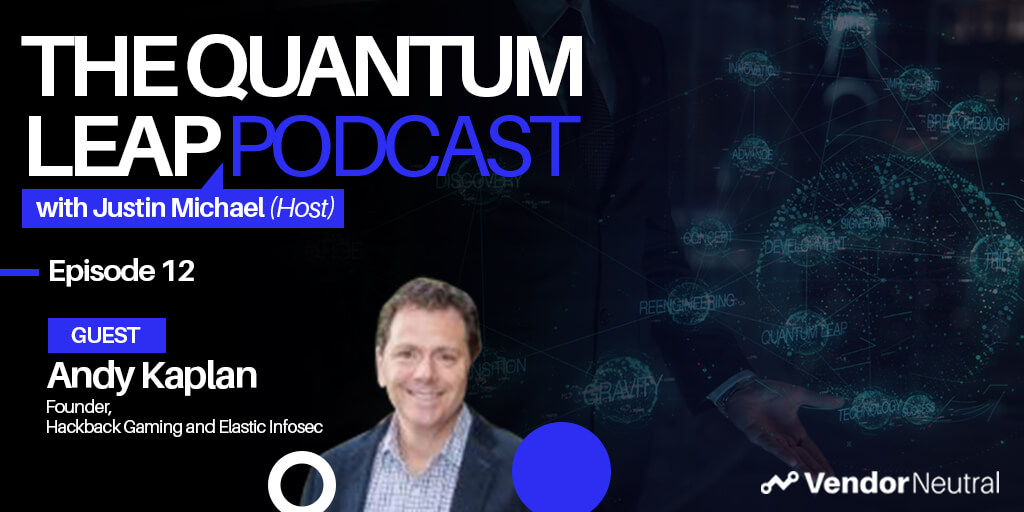 Future of Sales in the EnterpriseFuture of Sales in the Enterprise
Future of Sales in the EnterpriseFuture of Sales in the Enterprise -
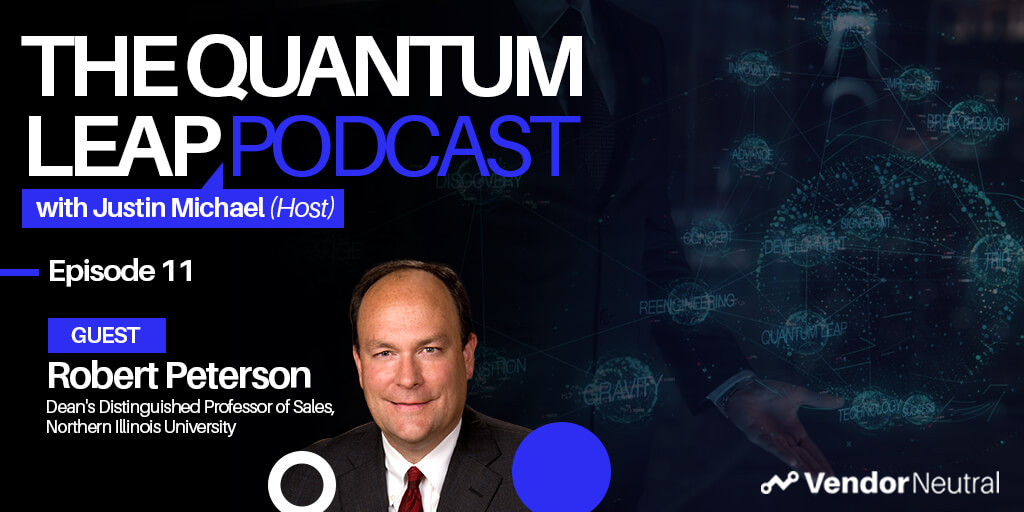 Developing the Revenue Leaders of TomorrowDeveloping the Revenue Leaders of Tomorrow
Developing the Revenue Leaders of TomorrowDeveloping the Revenue Leaders of Tomorrow -
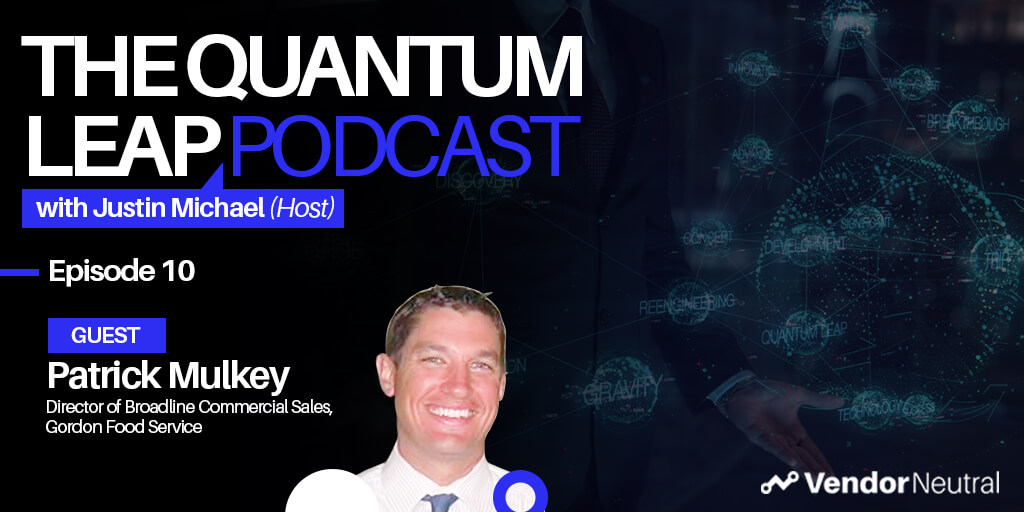 Evaluating and Updating Your Enterprise Sales Technology StackEvaluating and Updating Your Enterprise Sales Technology Stack
Evaluating and Updating Your Enterprise Sales Technology StackEvaluating and Updating Your Enterprise Sales Technology Stack -
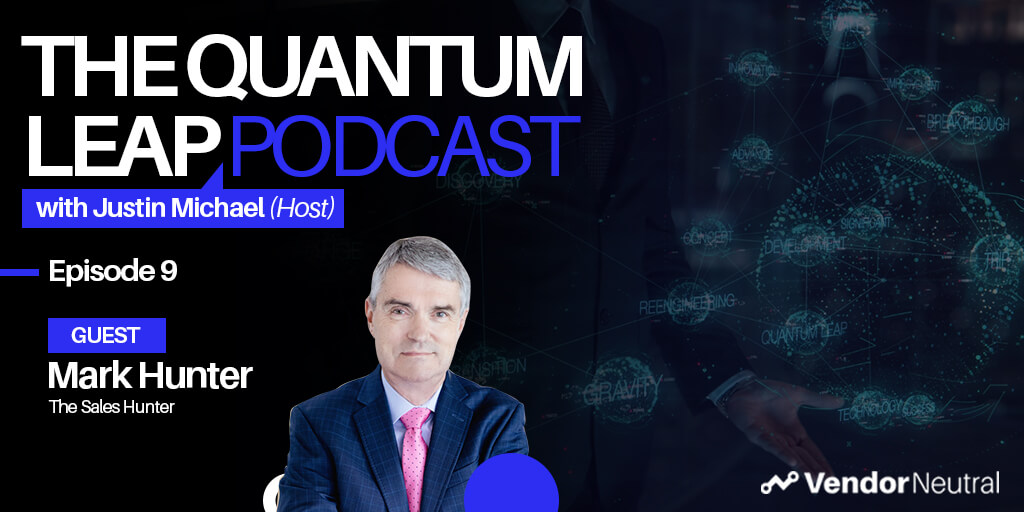 How-to Connect With Enterprise Buyers When Selling From HomeHow-to Connect With Enterprise Buyers When Selling From Home
How-to Connect With Enterprise Buyers When Selling From HomeHow-to Connect With Enterprise Buyers When Selling From Home -
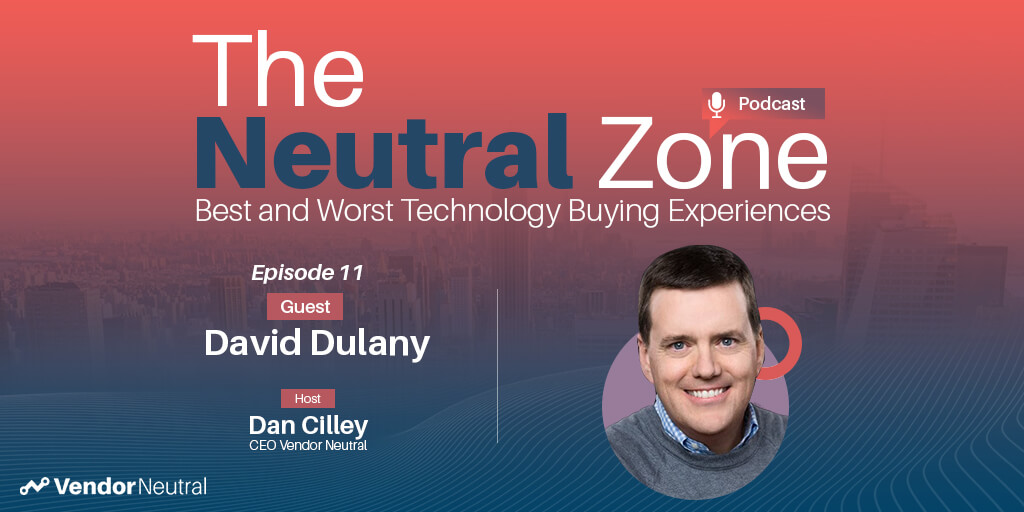 Is the Sales Technology Buying Process Over Engineered?Is the Sales Technology Buying Process Over Engineered?
Is the Sales Technology Buying Process Over Engineered?Is the Sales Technology Buying Process Over Engineered? -
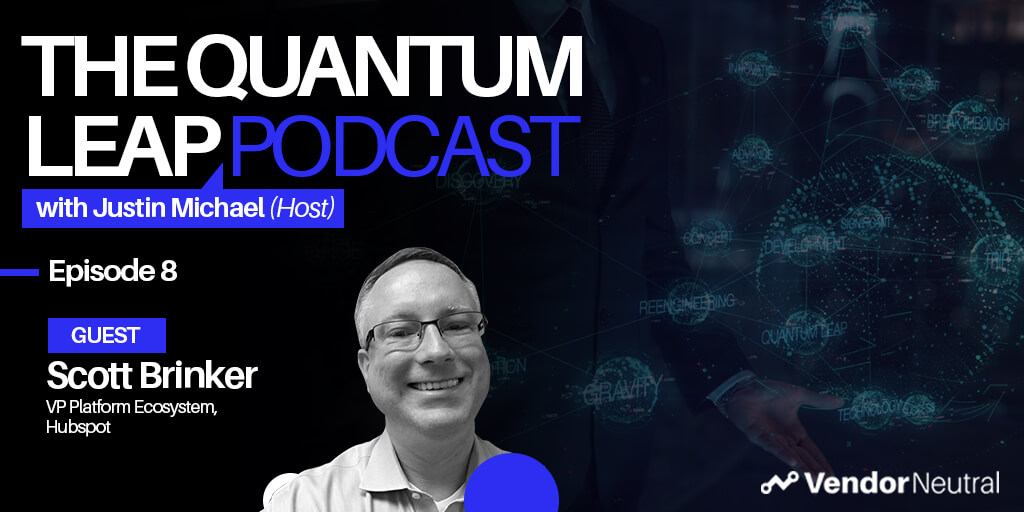 Tangible Ways to Digitally Transform Enterprise OrganizationsTangible Ways to Digitally Transform Enterprise Organizations
Tangible Ways to Digitally Transform Enterprise OrganizationsTangible Ways to Digitally Transform Enterprise Organizations -
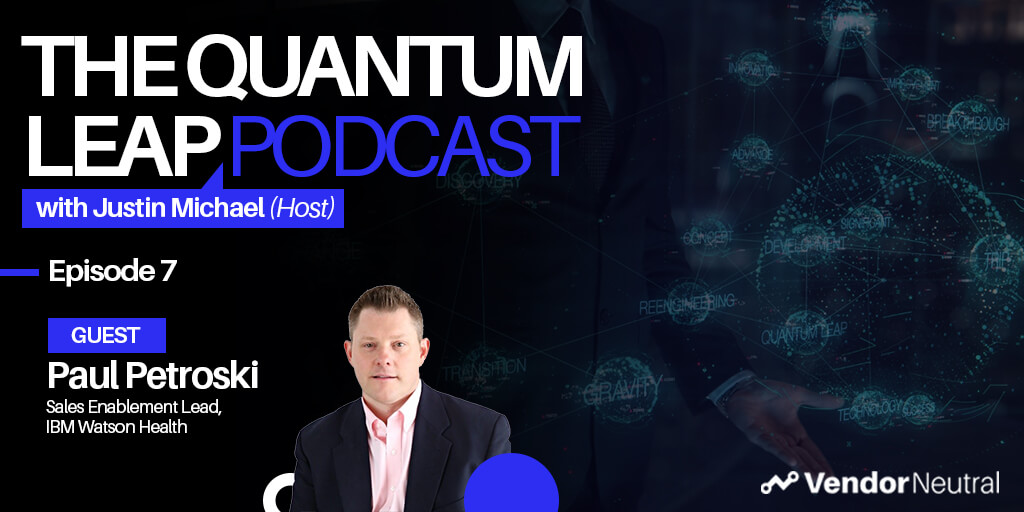 Quantum Leap Podcast Episode 7Quantum Leap Podcast Episode 7
Quantum Leap Podcast Episode 7Quantum Leap Podcast Episode 7 -
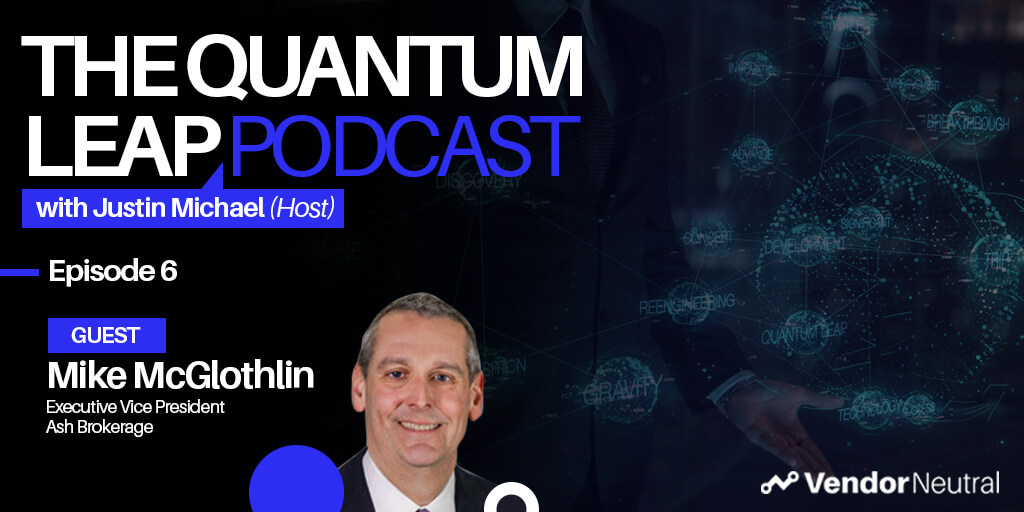 How Sales Technology is Making an Impact in the Financial SpaceHow Sales Technology is Making an Impact in the Financial Space
How Sales Technology is Making an Impact in the Financial SpaceHow Sales Technology is Making an Impact in the Financial Space -
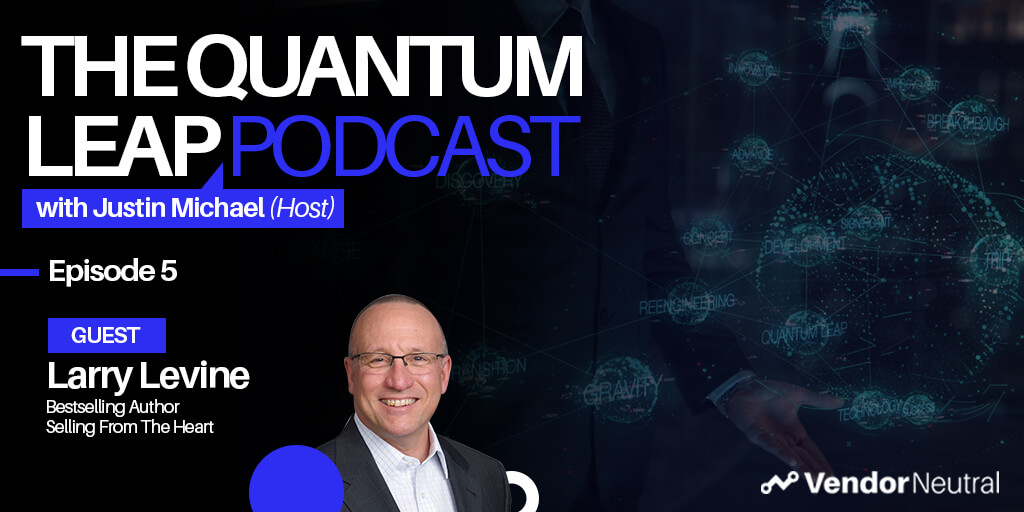 Quantum Leap Podcast Episode 5Quantum Leap Podcast Episode 5
Quantum Leap Podcast Episode 5Quantum Leap Podcast Episode 5 -
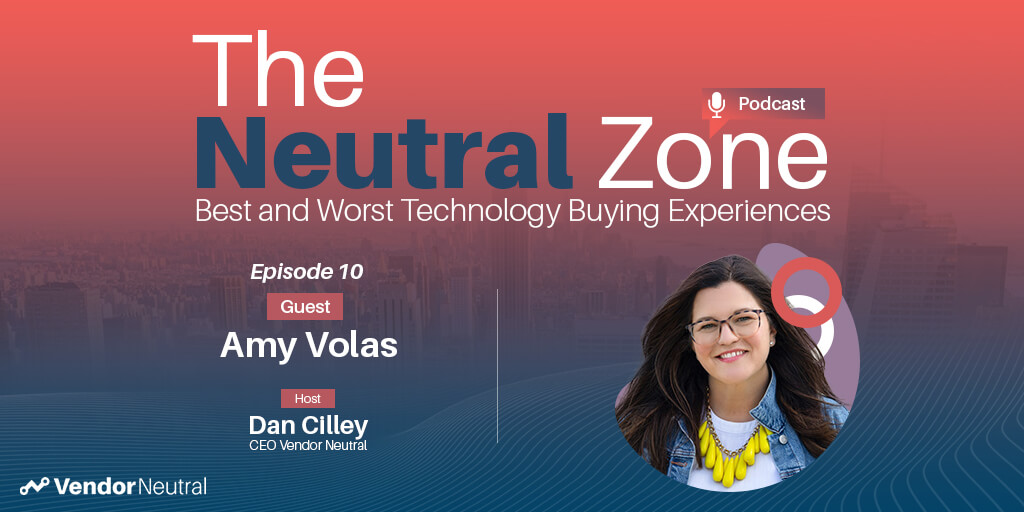 Clear View of Sales Episode 10 with Amy VolasClear View of Sales Episode 10 with Amy Volas
Clear View of Sales Episode 10 with Amy VolasClear View of Sales Episode 10 with Amy Volas -
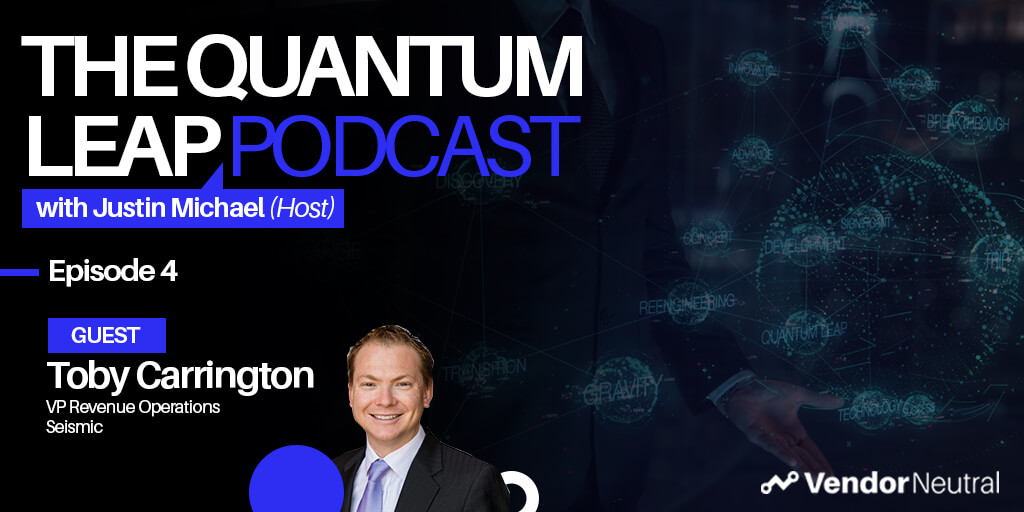 Quantum Leap Podcast Episode 4: Transforming Your Enterprise TechStack, The Future is Bright!Quantum Leap Podcast Episode 4: Transforming Your Enterprise TechStack, The Future is Bright!
Quantum Leap Podcast Episode 4: Transforming Your Enterprise TechStack, The Future is Bright!Quantum Leap Podcast Episode 4: Transforming Your Enterprise TechStack, The Future is Bright! -
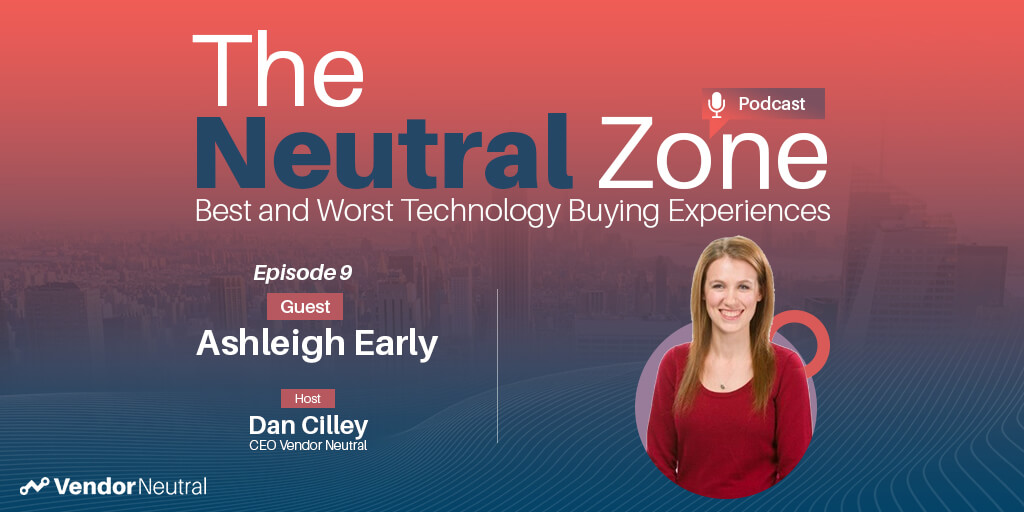 Clear View of Sales with Ashleigh Early:Clear View of Sales with Ashleigh Early:
Clear View of Sales with Ashleigh Early:Clear View of Sales with Ashleigh Early: -
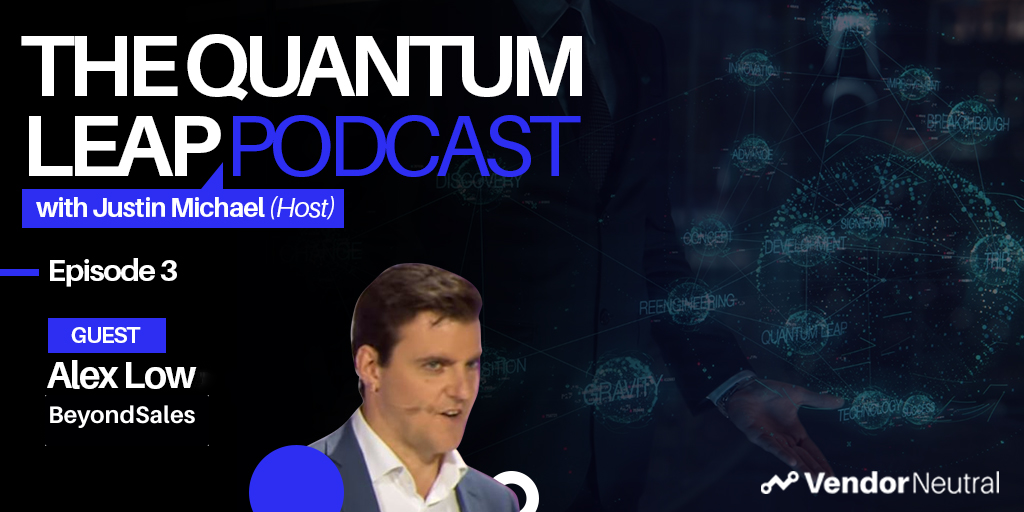 Quantum Leap Episode 3: Unlock the Mystery of Enterprise TransformationQuantum Leap Episode 3: Unlock the Mystery of Enterprise Transformation
Quantum Leap Episode 3: Unlock the Mystery of Enterprise TransformationQuantum Leap Episode 3: Unlock the Mystery of Enterprise Transformation -
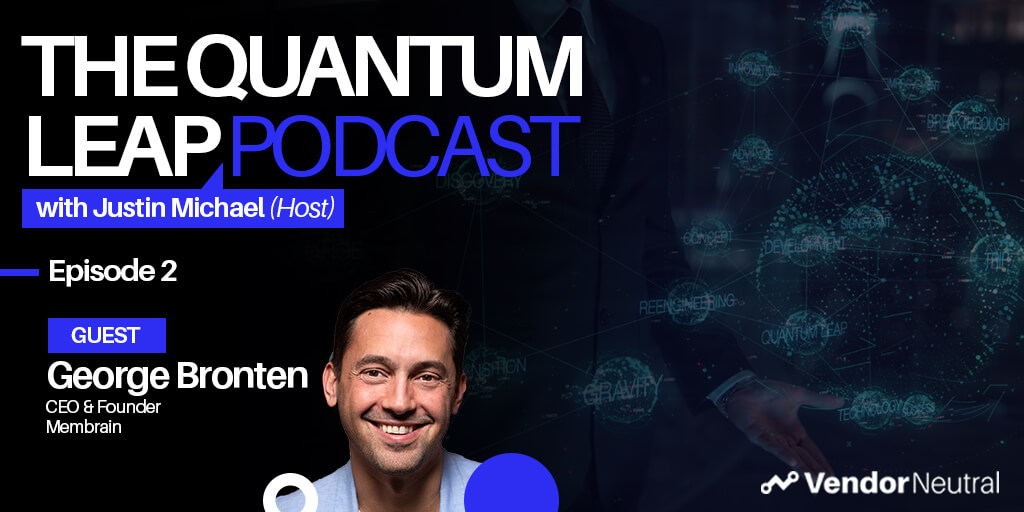 Quantum Leap Podcast Episode 2Quantum Leap Podcast Episode 2
Quantum Leap Podcast Episode 2Quantum Leap Podcast Episode 2 -
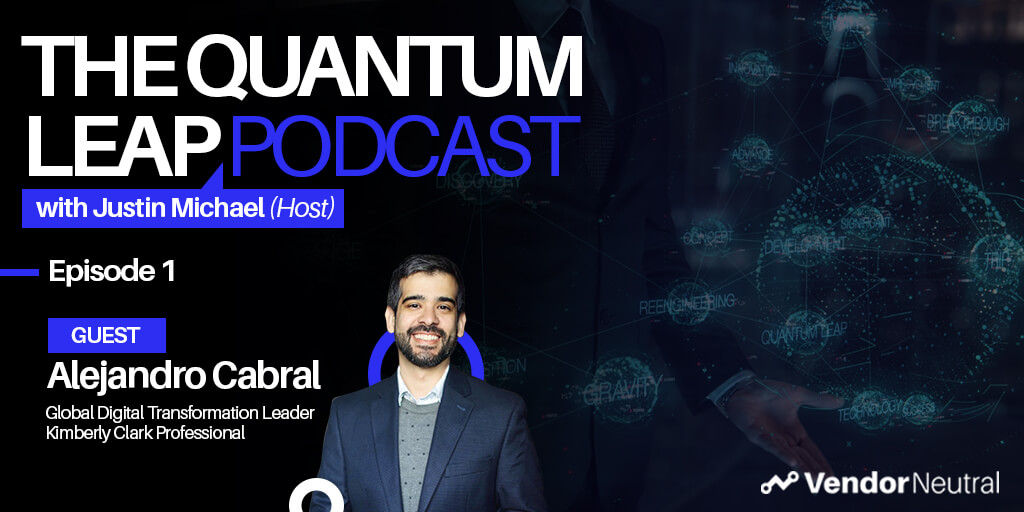 Quantum Leap Podcast Episode 1Quantum Leap Podcast Episode 1
Quantum Leap Podcast Episode 1Quantum Leap Podcast Episode 1 -
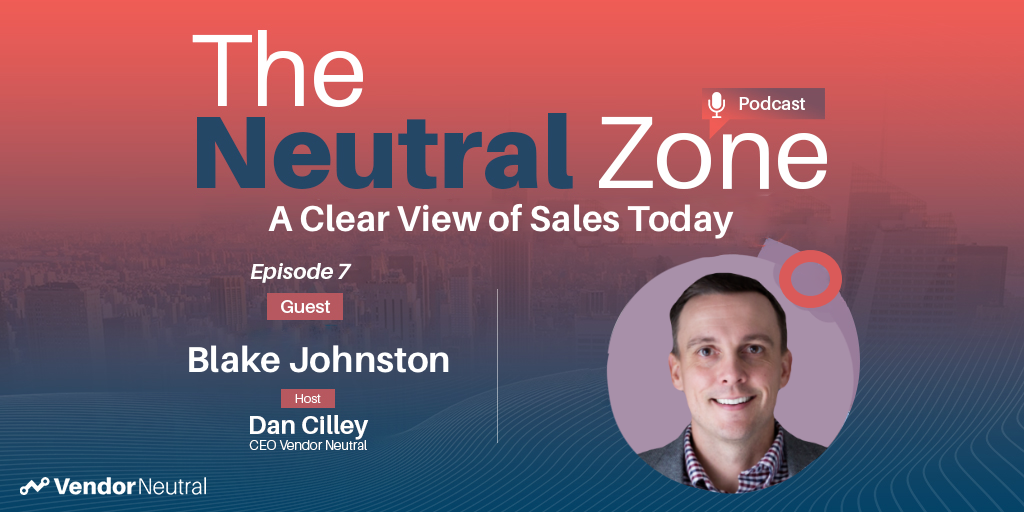 The Best & Worst B2B Technology Buying Experiences With Blake JohnstonThe Best & Worst B2B Technology Buying Experiences With Blake Johnston
The Best & Worst B2B Technology Buying Experiences With Blake JohnstonThe Best & Worst B2B Technology Buying Experiences With Blake Johnston -
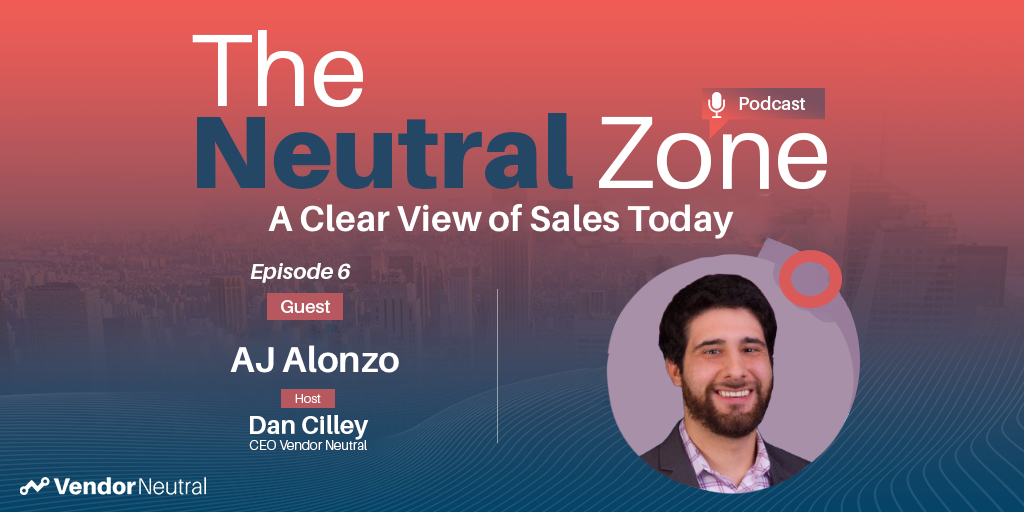 The Best & Worst B2B Technology Buying Experiences With AJ AlonzoThe Best & Worst B2B Technology Buying Experiences With AJ Alonzo
The Best & Worst B2B Technology Buying Experiences With AJ AlonzoThe Best & Worst B2B Technology Buying Experiences With AJ Alonzo -
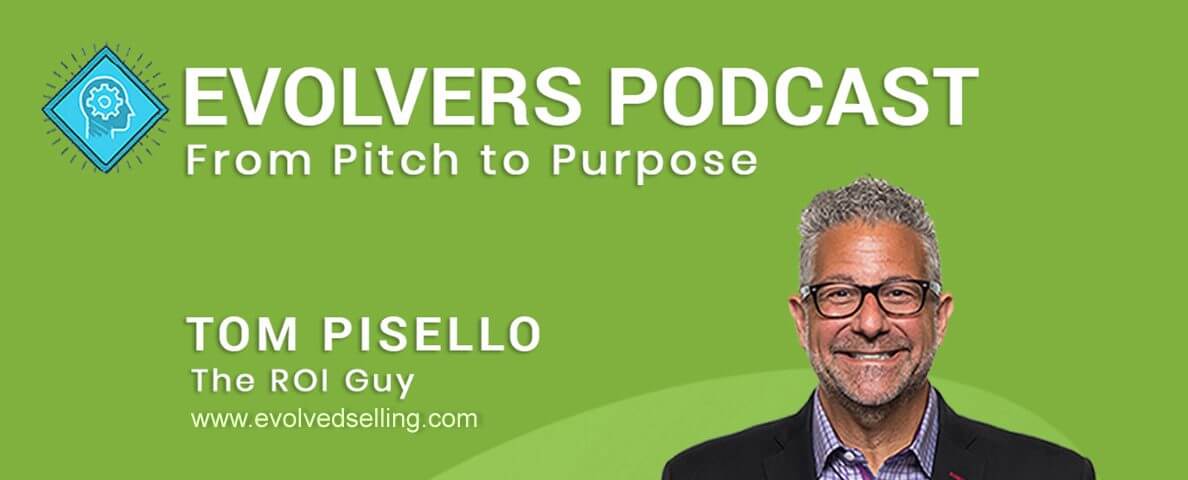 Evolvers Podcast: The Democratization of Sales Enablement? With Dan CilleyEvolvers Podcast: The Democratization of Sales Enablement? With Dan Cilley
Evolvers Podcast: The Democratization of Sales Enablement? With Dan CilleyEvolvers Podcast: The Democratization of Sales Enablement? With Dan Cilley -
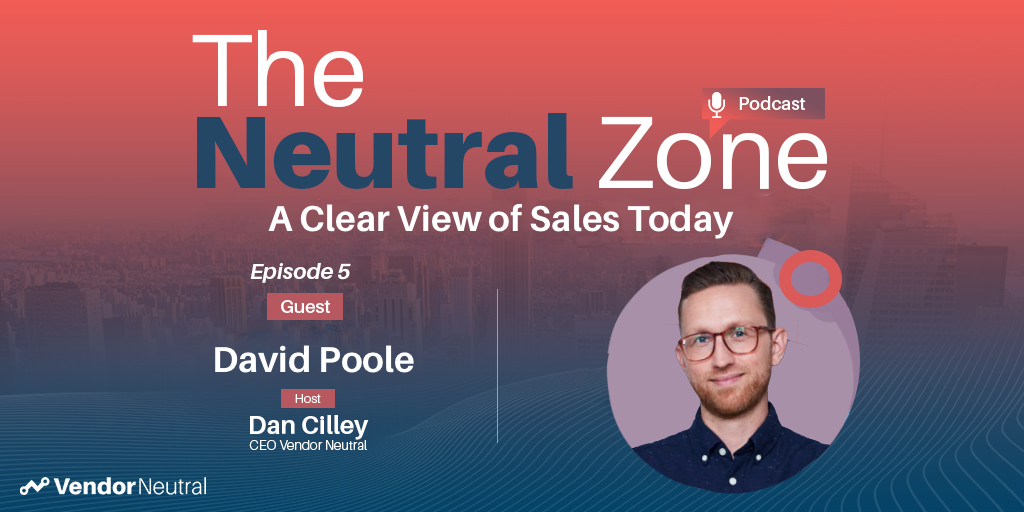 The Best & Worst B2B Technology Buying Experiences With David PooleThe Best & Worst B2B Technology Buying Experiences With David Poole
The Best & Worst B2B Technology Buying Experiences With David PooleThe Best & Worst B2B Technology Buying Experiences With David Poole -
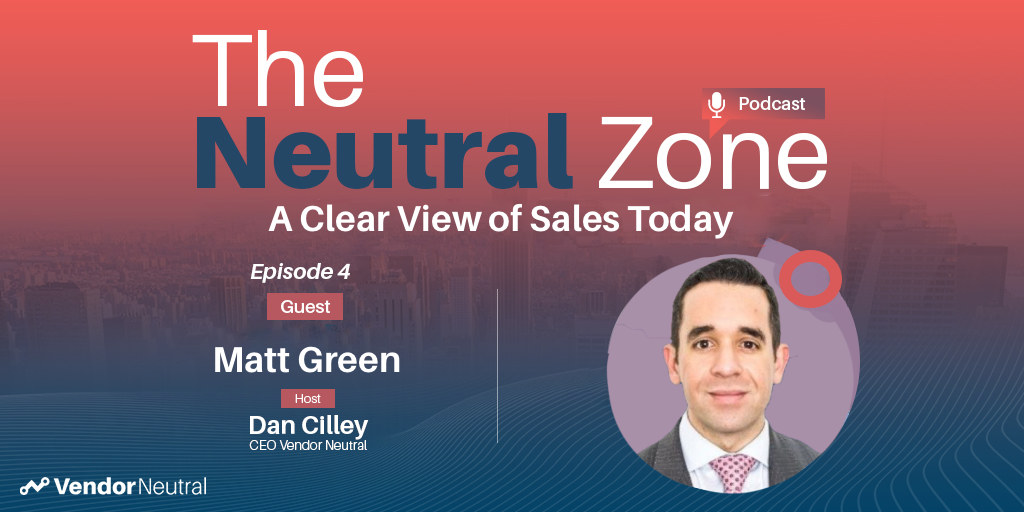 The Best & Worst B2B Technology Buying Experiences With Matt GreenThe Best & Worst B2B Technology Buying Experiences With Matt Green
The Best & Worst B2B Technology Buying Experiences With Matt GreenThe Best & Worst B2B Technology Buying Experiences With Matt Green -
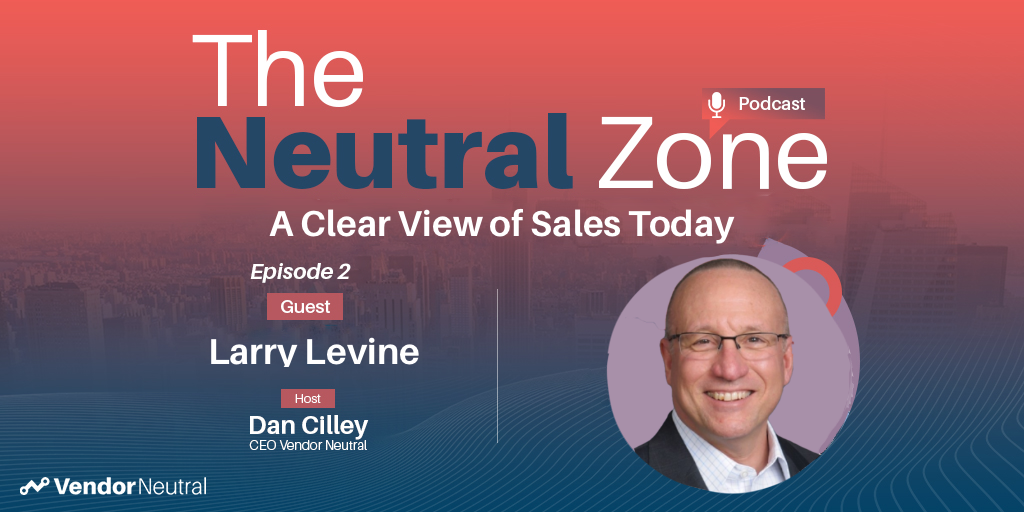 The Best & Worst B2B Technology Buying Experiences with Larry LevineThe Best & Worst B2B Technology Buying Experiences with Larry Levine
The Best & Worst B2B Technology Buying Experiences with Larry LevineThe Best & Worst B2B Technology Buying Experiences with Larry Levine -
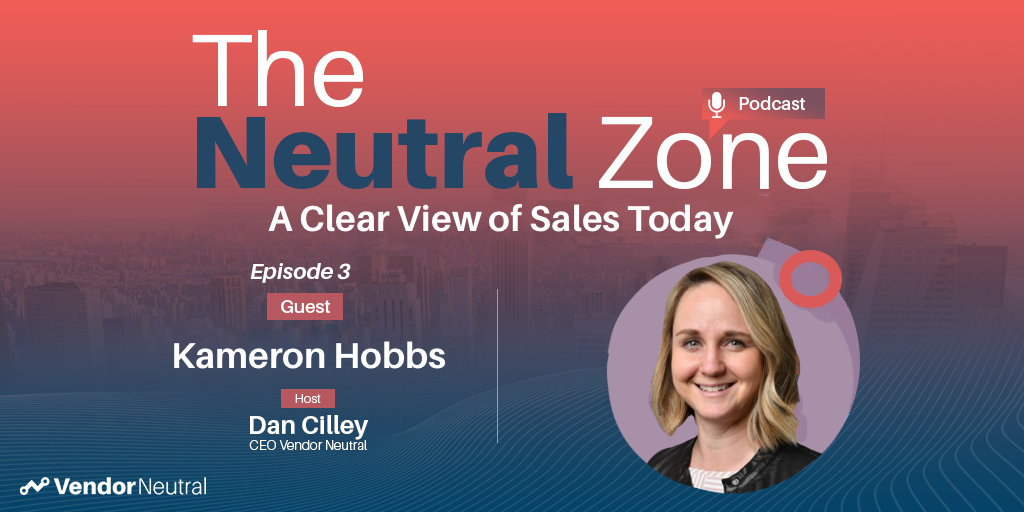 The Best & Worst B2B Technology Buying Experiences with Kameron HobbsThe Best & Worst B2B Technology Buying Experiences with Kameron HobbsVideo
The Best & Worst B2B Technology Buying Experiences with Kameron HobbsThe Best & Worst B2B Technology Buying Experiences with Kameron HobbsVideo -
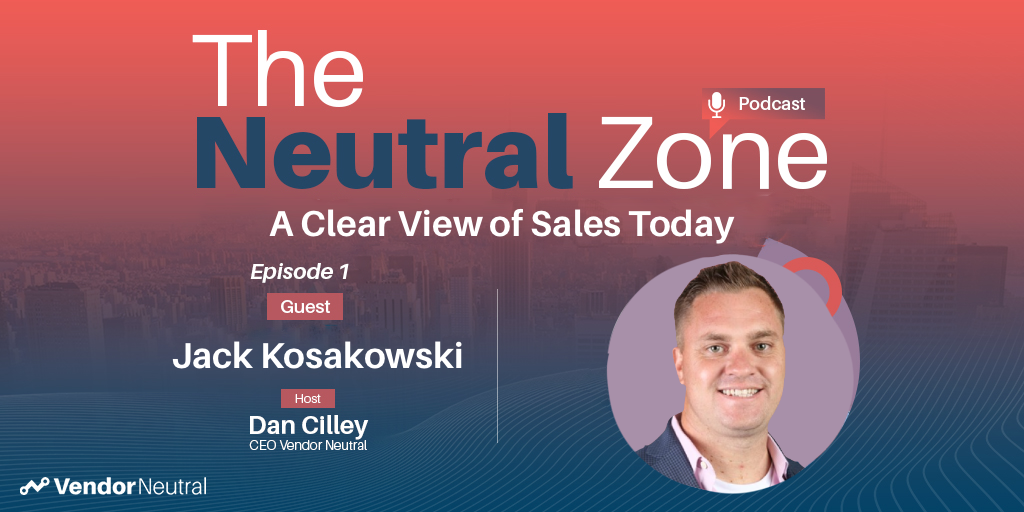 The Best & Worst B2B Technology Buying Experiences with Jack KosakowsiThe Best & Worst B2B Technology Buying Experiences with Jack KosakowsiPodcast
The Best & Worst B2B Technology Buying Experiences with Jack KosakowsiThe Best & Worst B2B Technology Buying Experiences with Jack KosakowsiPodcast
